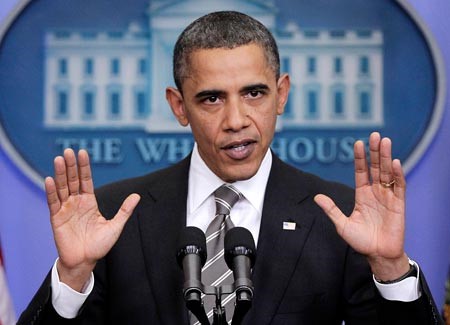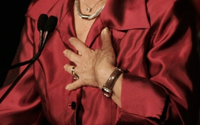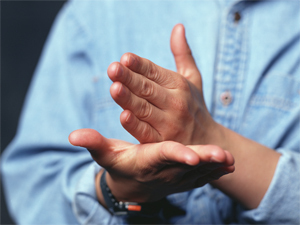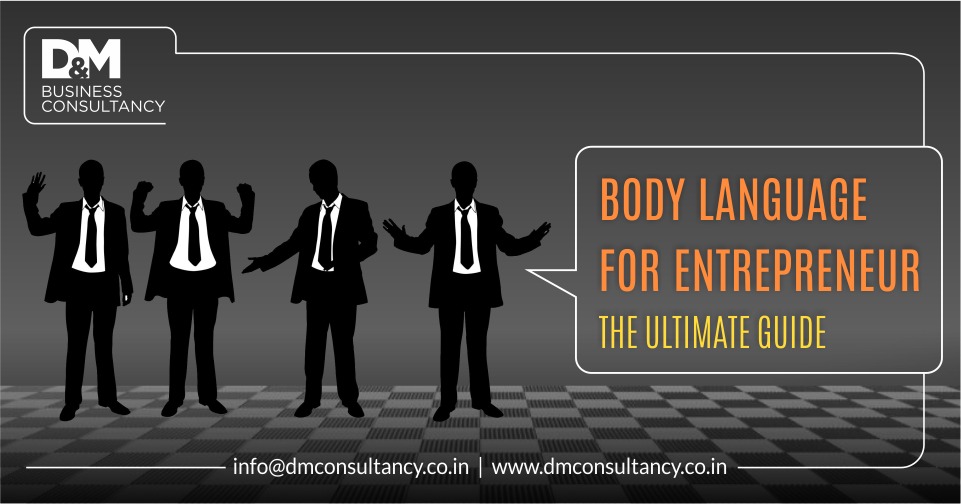As an Entrepreneur you have to be ready for changes all the time. And be ready to be surprised to know that 93 % of communication is non verbal wheras 7 % only is verbal, If you decide to dive deep into the world of body language sleuthing, people hacking and lie spotting then this article is your step-by-step guide
The tips in this article are based on the latest scientifically backed research on deception detection and nonverbal behavior.
Micro expressions Unlike our words, our facial expressions are very hard to control because they are based on emotions. They can be controlled if we consciously think about them, but are almost impossible to control all the time, especially when we feel an intense emotion come on quickly.
Dr. Paul Ekman, whom you could say is the father of the field of micro expressions, discovered over 10,000 facial expressions. Critically he has confirmed seven universal expressions with specific meanings no matter the subject’s age, sex, or culture.
What follows are the 12 Most common body language to leave impressive imapct on people as well decoding their hidden thoughts.
1. Palm Behavior:

It is very important to show your palm while addressing business meetings or giving speech as it earns the trust of your audience. The palms up position is the universal symbol for open-mindedness and trustworthiness as you are literally showing your hand. When people put their palms down as they speak it tends to rub people the wrong way because it connotes superiority and concealment.
2. Hands on heart:

This conveys a person’s desire to be believed or accepted. Though intended to communicate sincerity, it doesn’t necessarily mean honesty. It just means, ‘I want you to believe me (whether or not what I say is true’. I means, ‘What I say comes from the heart’.
3. Chopping movements:

Chopping is for emphasis, and is usually authoritative. A person who ‘chops’ has made up his mind and is not likely to change it. It can often be used as a way to make a point. For example, chopping down as to separate an idea in two categories. If you use this gesture, just don’t be too aggressive when you do it
5. Pointing a finger:

Pointing a finger at a person while speaking is an authoritative gesture. People do this when imposing themselves: parents do it to their children, teachers to unruly students. It’s a way of talking down, usually interpreted as aggressive and angry. When done to a peer, it’s a show of arrogance ‘ it’s confrontational, invasive and offensive. In any case, it’s often considered impolite to point at a person. It would be more refined to point with your whole hand. A playful finger-point with a wink however, is a pleasant expression of approval or acknowledgement
6. Clenched Hands and thumbs up :

People who are confident, superior types or who use minimal or restricted body gestures often use this gesture, and by doing so they signal their confident attitude.
7. Crossed arms:

By folding one or both arms across the chest, a barrier is formed that is essence, an attempt to block out the impending threat.One thing is certain, when a person has a nervous, negative or defensive attitude, he will fold his arms firmly on his chest, a strong signal that he feels threatened.
8. Crossed Legs:

One leg crossed neatly over the other usually the right leg over the left leg, used to show a nervous, reserved or defensive attitude
9. The L cross:

The L cross is when someone has their ankle resting on their other knee in a more open position. People in this position tend to feel more argumentative and competitive.
10. The 4 Leg clamp

The person who has hard and fast attitude in an argument or debate will often lock the figure 4 into place with one or both hands, using them as clamp.This is a sign of the tough minded stubborn individual who may need a special approach to break through his resistance
11. Walk with confidence
Walking with confidence will help you maintain a correct posture, grab attention from others and feel better about yourself.

How to walk down the street that makes people think: ‘He is confident’.
- Do not look down. It shows that you are feeling bad and that you have low self-esteem.
- Pull your shoulders back. If you look down and walk with your shoulder in front, you’ll seem boring or in a bad mood even if you aren’t. However, if you pull your shoulders back, and prop up your chest just a little bit, you’ll look great.
- Hands- Let your arms move with your body.
- Upper torsMicro As you move let the upper torso and your shoulders move a little bit. At first, you will move in an exaggerated way, but as you practice it will become more natural.
- Walk slowly- You may have noticed that confident people whether in movies or real life walk a little more slowly than others. It gives the impression that they’re in control and important.
Conclusion: Showing confident body language will help you feel more confident and communicate effectively.
12. Body Proxemics
Proxemics is the physical space between people and how they move in relation to each other. Typically intimate space extends 6 to 18 inches away from a person. Personal space is 18 to 48 inches away and social space is 4 to 12 feet away. Our personal space is very important to us. You can often gauge how shy or open someone is by noticing how far they stand from you while speaking. Keep in mind that proxemics can vary culturally; these numbers are based on American standards.

The most intimate proxemic activity is touch because it has the least amount of distance between people. When used correctly touch can increase trust and connection. In one experiment researchers at the University of Minnesota put a coin in a phone booth and then returned to ask the next person if they had left it. When the asker touched the elbow of the person, 68% gave it back. When they didn’t touch the person’s elbow only 23% returned the coin.

